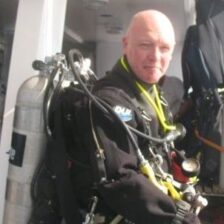Professional Association of Diving Instructors…..the journey to the Dark Side……
Pay and dive immediately…. I’d heard some of the BSAC club members scoffing at those presenting PADI qualifications trying to dive with TIDSAC, those conversations never really went well and indicated the deep mistrust the British Sub Aqua Club (BSAC) held for those who dared train elsewhere. Confederation Mondiale des Activites Subaquatiques (CMAS) was the French, joint, world governing body, along with the BSAC….. at least in the European and, latterly, Asian countries, the growth of PADI had spread across the Americas and dominated the US, despite showings by smaller training organisations like Scuba Schools International (SSI) and National Association of Underwater Instructors (NAUI), and there were “Technical” dive organisations beginning to make a show, the International Association of Nitrox and Technical Divers (IANTD) had started to make headway, somewhat against the flow, advocating “Devil Gasses” such as Nitrox and Tri-mix. The world of scuba diving had, somewhat unknowingly, become a battle-ground, Amateur versus “professional” instructors, Air-Divers or “Sport” divers versus “Technical” Divers, the times they were a changing….(sorry Bob)….
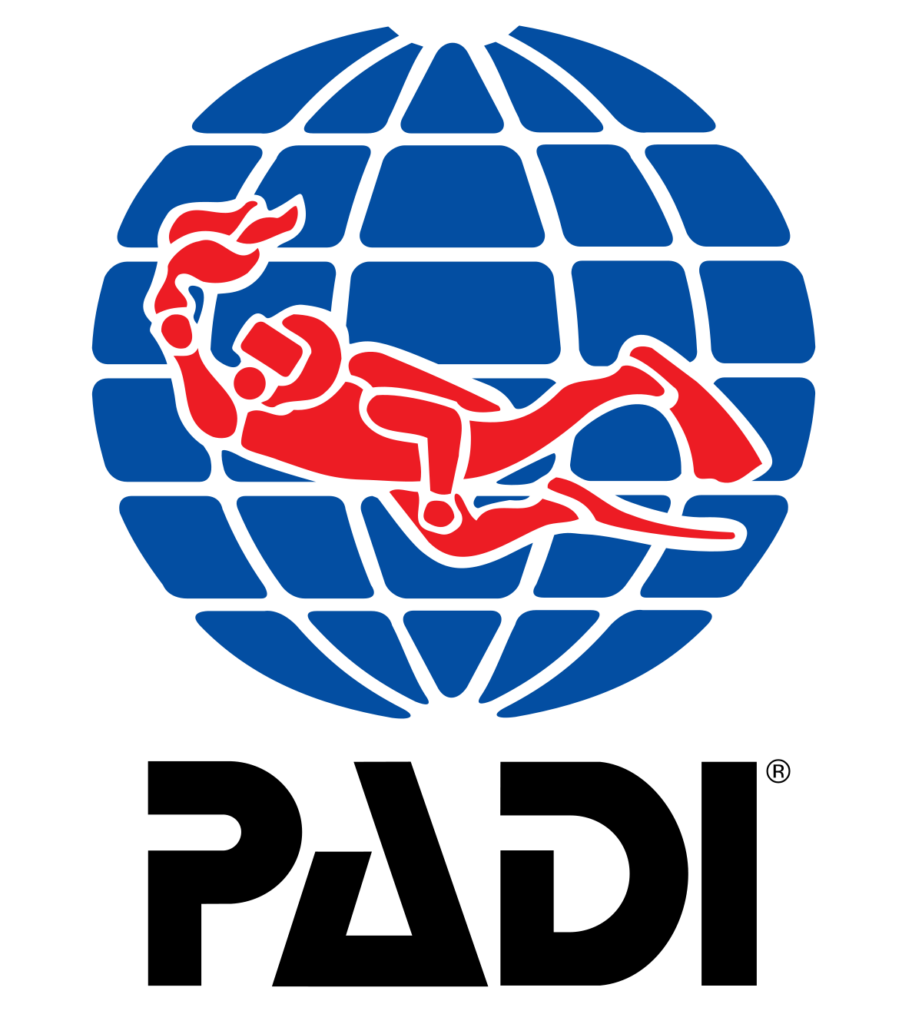
Against that landscape, there was a soldier facing his own paradigm shift, I had become disillusioned to an extent, I’d picked up an injury in Northern Ireland, nothing dramatic, a fall in a fire trench overgrown in a forest, a very heavy patrol sack and an unyielding ankle, resulted in a tear to the Peroneal tendon sheaths in my Right ankle at the back of my leg. The injury meant I’d no future with the infantry, and I had no interest in remaining with the REME, it was a devastating realisation and it posed a significant question…..what the hell would I do next…..? The immediate future was secured, the Army looks after their injured and I had been put on the waiting list for an operation at Wroughton (a RAF facility actually called Princess Alexandra Hospital) up the road a little from Tidworth, it would take a few months to recover from the op and build back mobility in the ankle, but it would end the pain, and hopefully get rid of the tendency to limp a little, which was more irritating as it looked and felt like a “sympathy” thing to me
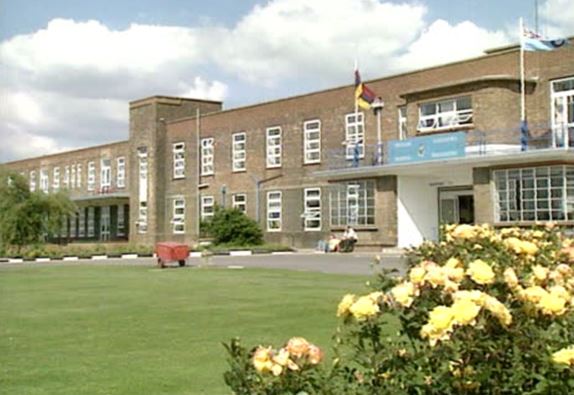
After the operation and towards the back end of the physio piece, I’d built enough strength back up in the area and the scar had healed enough to get back into the water, I’d got a slot on the Jamaica Experience exped and I wasn’t going to let that go, the physio agreed with me, it would be great therapy as the finning would exercise the remaining tendons….I loved the guy! So I had some soul searching to do, Jamaica was a good enough place to do that and I’d chatted with Don Shirley whilst I was on the exped (Don was leading it). Don was coming up to his 22 year point and was considering his next move, he was getting into “Technical” diving and offered to keep in touch and the conversation drifted to PADI over a couple of days, the “American” nature of the courses, the opportunities there might be in “Civvie-Street” (the hated term the military use for “normal” life, or put another way, a life outside the military anyway) Don suggested I talk to Mal Strickland, an Army Major who, with his cohort WO1 “Jimmy” Dowling, pretty much “were” the Army Sub Aqua Diving Association (ASADA) and had a line into Fort Bovisands for “Re-Settlement” courses. Resettlement was the Army’s way of ensuring a soldier leaving the service (after a minimum of 9 years’ service), could get help towards a career change, say a lorry driving course, farriers certificate, or in my case a PADI professional scuba instructors certificate……I was intrigued, I had no desire to end up working in a factory for the rest of my life…just shoot me now ffs!
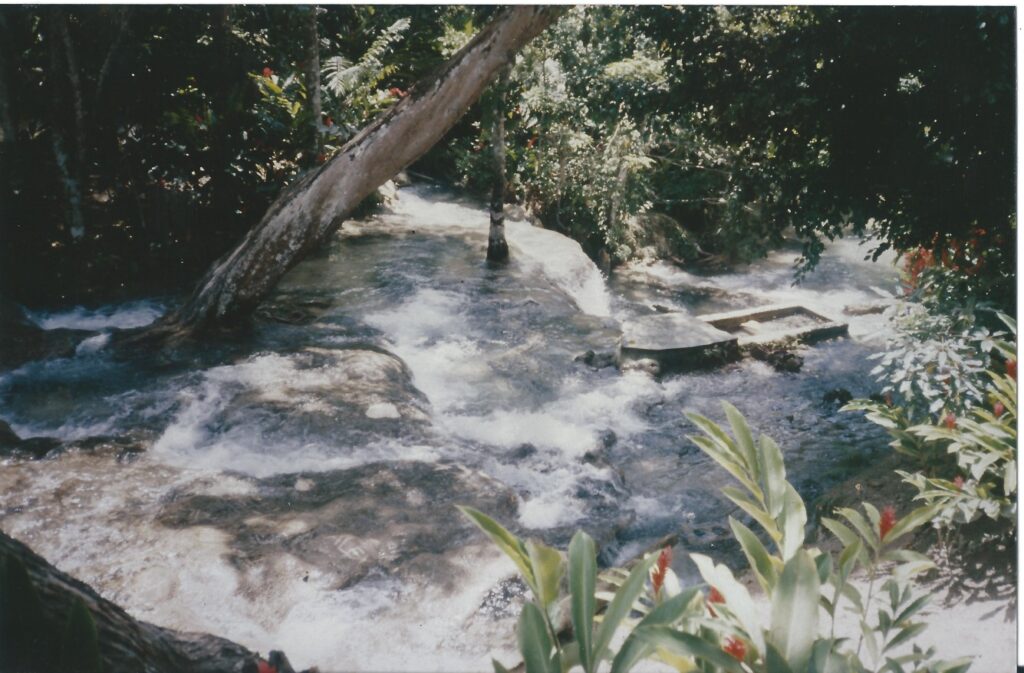
I talked to “Mal” and we got on fine, so much so that he asked my CO if I could be seconded to Warminster, down the road from Tidworth, to take care of the maintenance of the diving kit, outboards and compressors for ASADA until I was finally released from service. I was over the moon, away from Major bloody Andrews, and working on something other than knackered Tank engines….bloody marvellous! I truly enjoyed working with Mal and Jimmy, they were old school and they were divers to the core, Jimmy was going on the same course I had asked for and that tuned out to be fortuitous too, more on that later! I worked through the kit, mask straps, fin straps, outboards, I managed a week’s course down at the Commando boat squadron learning how to service and repair their outboards and came back to blitz through the ASADA motors, something Mal was chuffed with as they started pretty much first pull after a bit of a tweak. The compressors were a different kettle of fish, these were in need of specialised attention and a couple of them probably beyond economic repair, but I knew the issues, there just wasn’t a way to sort them. It didn’t take Mal and Jimmy long to get enough interest, and by September of 1995 the PADI “Open Water Scuba Instructor” course was arranged, the dates set December of 1995 and so, to Bovisands and re-settlement……..
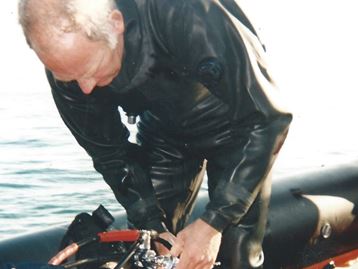
I arrived at Bovisands after a maul down from Tidworth, I’d spent the weekend back in Uttoxeter with Ellie and the boys and driven back to Tidworth to collect my dive kit, I’d loaded that and then driven straight down to Bovisands, I was, to put it mildly….fcuked! I met up with Jimmy Dowling sat in the little Bovisands bar that evening, I was in bits, and I’d fcuked up too……badly……there was a medical form that needed my doctor’s signature, and I was now about 200 miles from any chance of getting that. It seemed my course was over before it had started, how in hell had I missed that, I had been tested more times than a plague suspect over the last 3 months, I couldn’t be more “fit” if I’d tried, barring the now fully healed, but still very fresh scar on my ankle from the operation….Let me have a look at the form Jimmy said…and I sheepishly passed it over, yep, I’ve seen that done before he said, and took out a pen……..doctor’s signatures, they are so bloody scruffy…….I was saved, and forever indebted, I had to promise to get the med centre to sign me off immediately on my return to Tidworth, but it was “sorted” and we were “on”
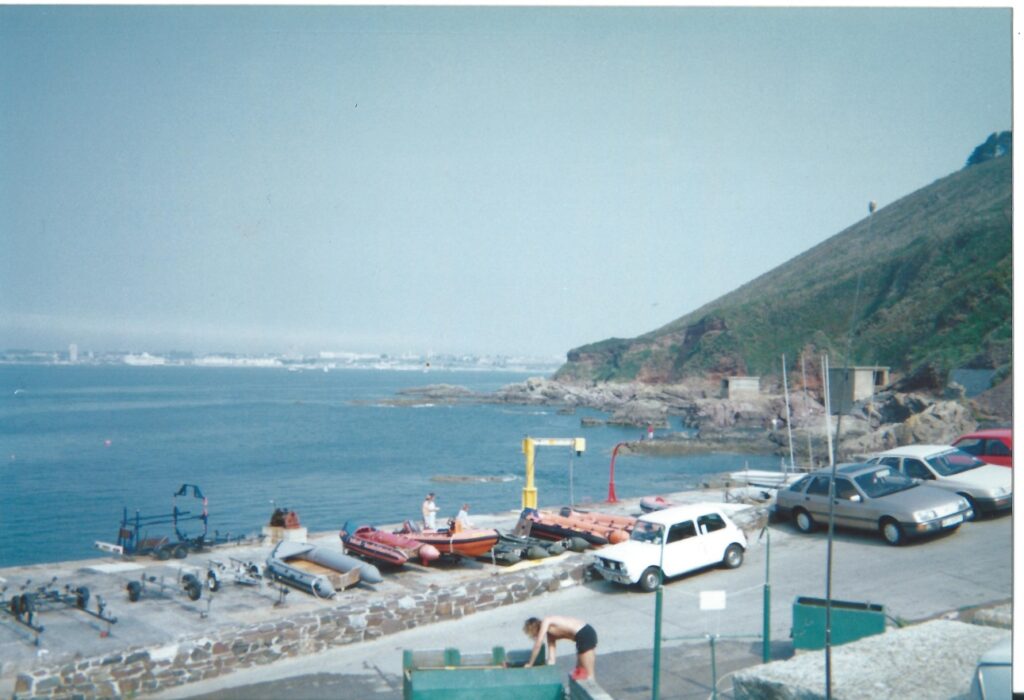
The next day was endless form filling in the morning, course support materials issued, joining forms checked, a hundred signatures to give, and then finally kit check and lunch in the Fort Café. I loved that café it was like a truck-stop but for divers, and the breakfasts were good, so was the coffee! Then we assembled down on the slip and were assigned groups for the skill-tests, these were expected to be demonstrated perfectly and they were scored, something that added a little focus for those of us who had been observed before, but never had the additional pressure of a prescribed grading and a pass fail score requirement. How many steps constituted a good demonstration of a mask removal and re-fit? What exactly was a “Fin pivot” and how did you demonstrate perfect control of buoyancy, in a shallow harbour, prone to wave surge…….whilst maintaining your posture and your composure….and clearly rising on inhalation, stopping, and then falling on exhalation, without losing the plot, and either face-planting the bottom on descent, or lifting your fin-tips off the bottom on the ascent phase……this wasn’t as easy as it sounded! I was starting to think PADI instructors were a little better trained than I previously thought!
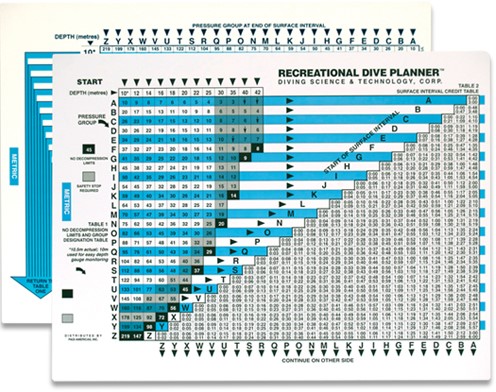
There were other things to learn too, not just the specific steps to deliver training but the way PADI carried out actual diving was different, there were planning tools used, the “Recreational Dive Planner” or RDP, the US version of the BSAC “Table 88” decompression tables, but based on a commissioned study of “normal divers” not the US Navy divers test results, or Haldane’s Zurich experimental findings. There were other more subtle differences, the BSAC “6m Decompression Stop” had become a 3 minute 5m “Safety Stop” as anything with “Decompression” in the title scared US lawyers far too much apparently….. There were exam questions by the dozen, all based around the PADI training system, and it was an overwhelming amount of study to master in a short and activity based timescale. PADI had a love of submersible plastic “Slates” there were at least a dozen of the things, everything for each of the Open Water lessons and more for the pool lessons, they became another piece of dive-kit attached to your Stab Pocket, on a piece of bungee or para cord, and each lesson was prescribed in detail, there was nothing ad-hoc about teaching PADI diving! I was gaining a grudging respect for PADI, one I hadn’t expected, weren’t all BSAC Instructors the best in the world….wasn’t British diving the toughest there was… I had not long completed my BSAC Advanced Instructor course, it had been a pre-requisite to “equivalence” in the PADI cross-over instructor course I was doing now, and it had been a tough course too, but the added unfamiliarity with the PADI framework and dive support materials was a burden, this was tougher than expected!
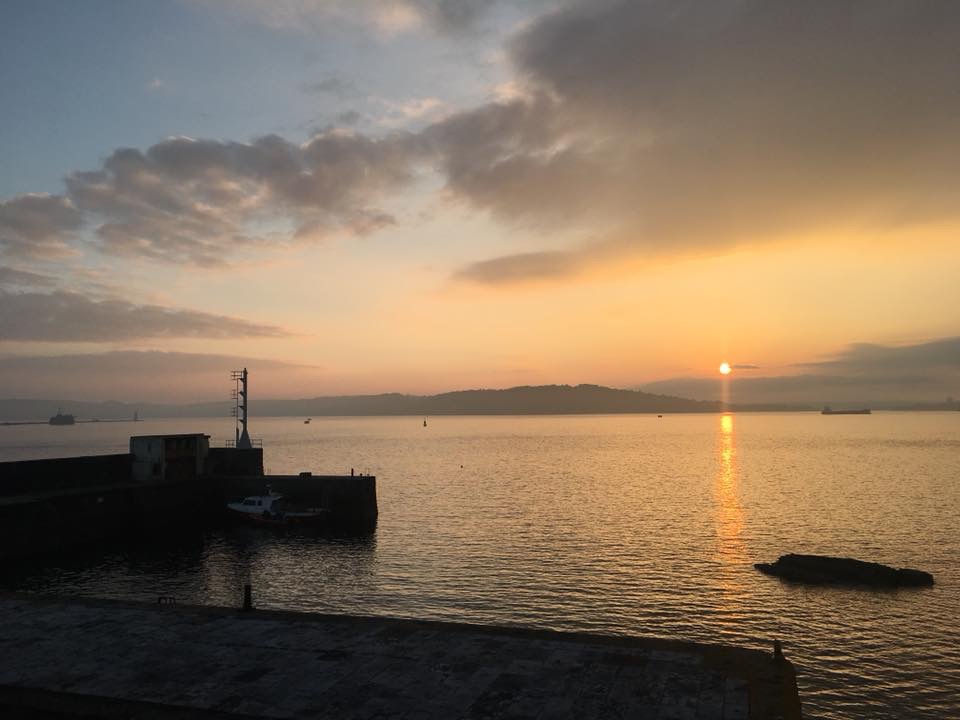
I had taken my BSAC Advanced Instructor course knowing I would probably take the PADI Open Water Instructor course shortly after it, I had an idea, or the germ of one, to set up a diver training business in Stoke on Trent, just down the road from where I would live once I’d left the Army, with my girlfriend Ellie and our new family. I couldn’t wait, but I also knew I’d be hard pressed to justify the expense of diving to those who would depend on what I could provide, once I’d no regular income, or as I started to work my way in civvie street. I had no idea what I would do for a living now the Army was creeping into the rear view mirror, so in September of 1995 I had taken myself off to Bovisands for the weekend assessment of the BSAC Advanced Instructor exam. This had all the hallmarks of a BSAC National Instructors holiday, we had Tony Hoile with us, Bob Brading as an examiner and Lizzie Bird, practically BSAC Royalty! Norman and Joy Morley had told stories of these guys I’d been listening to for years, and it was an honour for me to meet them. I’d been told one thing by Norman before I went….teach, teach, teach….never let there be a quiet moment, if you’re sat on the boat and you’re not trying to pass on some “nugget” of your experiences then you aren’t doing enough….I took that advice seriously, I must have bored poor Bob Brading to death with my knowledge of Ribs, Knots, Charts, Tides and weather….but it worked, I’d even seemingly impressed Lizzie Bird, she was very complementary in the wrap-up, I’d “managed to find a safe area to train a circular search in very marginal weather” that she’d liked, “without getting line tangled or the surface buoy dragged down, even in a running current when other dives had been blown-out”….I’d passed, I was delighted! I still have an autographed copy of Lizzie’s wreck diving book too, it’s a great read!
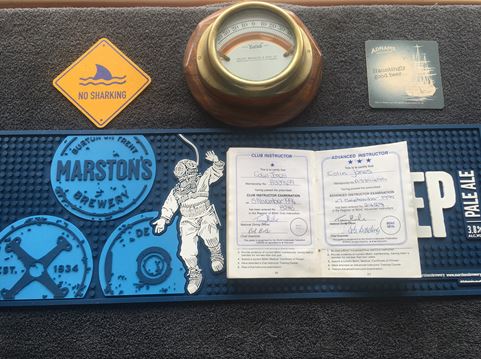
Back to the OWSI exam….I had phoned Ellie the first evening following our introduction to PADI and the PADI instructor manual, after I had spent literally 30 minutes staring at the accommodation wall thinking, can I do this? Is this all falling around me like so much broken glass? The Open Water Instructor Manual set out exactly what you needed to achieve in all areas, the knowledge was in there, you just needed to identify, quickly, where you would find the exact information necessary to answer. We had all been told to use sticky tags to essentially “index” the quick reference points we would need for the Instructor exam, I think a couple of the candidates had gone overboard with multi-coloured tags everywhere down the pages of their manuals, I’d gone for a “less is more” approach, some “criticals” I knew would be in the exam, and several broader chapter look-ups, it meant I had to be sure I knew how deep to look, if I got bogged down in page searches time would tick away….but if I couldn’t see the wood for the trees it would do so too……it was a fine line!
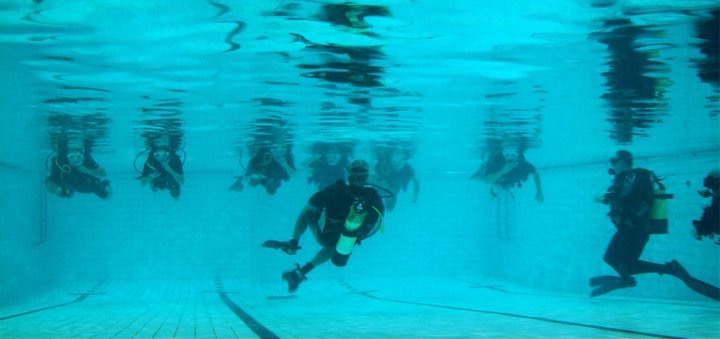
The exam looked at PADI standards, the minimum pass-fail criteria for students and for courses, there were a hell of a lot of them, as there were a hell of a lot of lessons in both pool and Open Water, and then PADI procedures, what to do, when to do it and what it meant to do so, another whole set of do’s and don’ts, which if you failed to get 75% correct meant you failed the exam. As if that wasn’t enough there were then the theory exams, physics and physiology, equipment, dive skills, using the RDP, all very precise answers and even though they were multi-choice, time consuming and unlike the BSAC approach, very much a US version of scuba diving training. Following that there was the classroom presentation, a part of a PADI classroom lesson in reality, demonstrating your presentation skills as much as your ability to dissect part of a lesson, and present it effectively enough in a short appearance in front of your fellow candidates. I wasn’t worried in this area, I was used to presentation, and despite my knock-back at the BSAC Club Instructor exam, where I had been introduced to a little self-doubt, that had quickly passed and I’d returned to the confidence I always felt presenting subjects I had researched well….This was the part of the Instructor exam I least feared
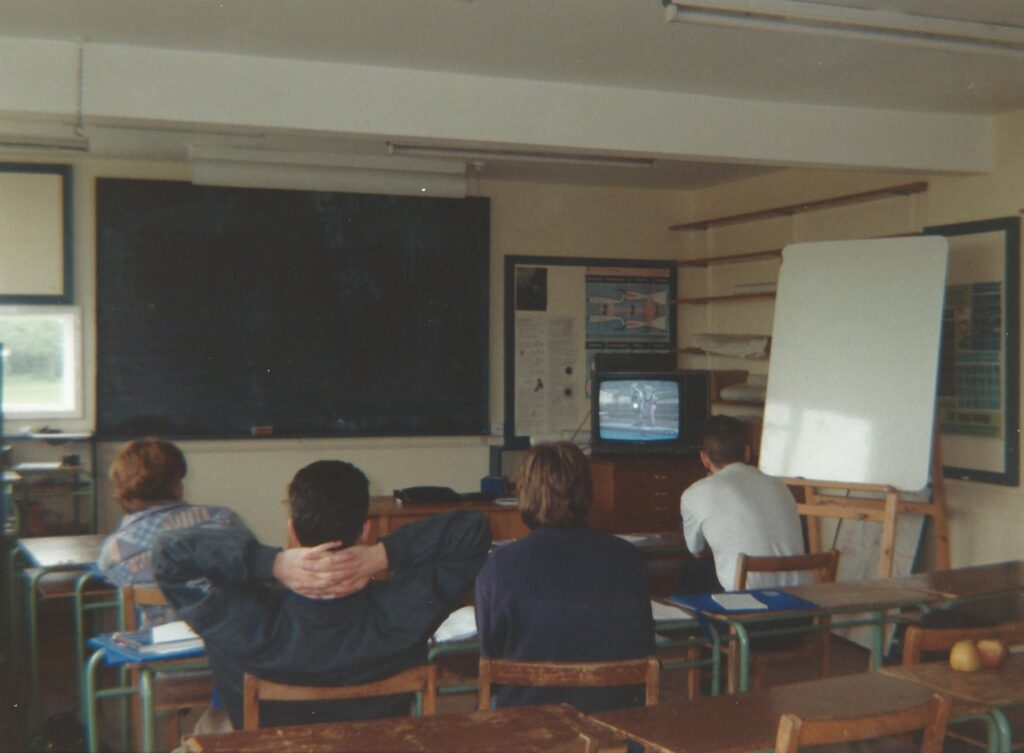
Following the Instructor Exam, and a brief time with Ellie and the boys at Christmas, I was off to the Falkland Islands for a month with Don Shirley. I was really looking forward to just diving again, no demonstrations, no multi-choice, no pressures, just real dives in the sea, for the joy of diving….a million miles away from Fort Bovisands and the worries of a potentially wasted re-settlement course, at around £2k, and an uncertain future without a job to go to in civvie street………I can’t remember if we were told on the weekend we had passed or failed, or if we were notified by post at a later date, too much time has passed and to be honest, I had a lot on my plate at the time….but it all turned out alright in the end, I had passed and could now call myself, officially a “professional” dive instructor………..I had, officially…….. Turned to the dark side

